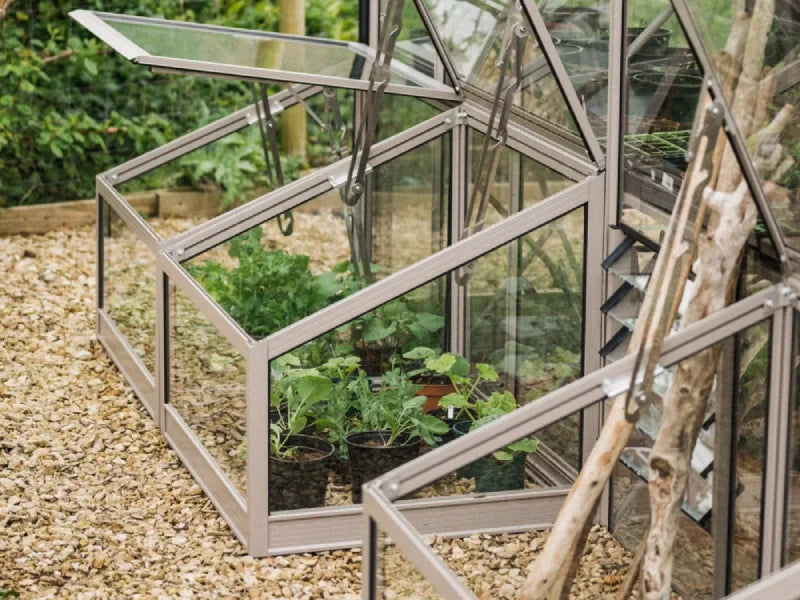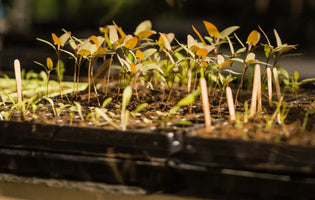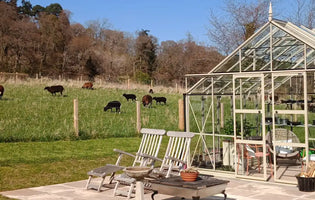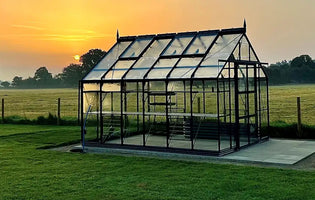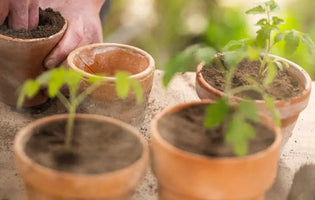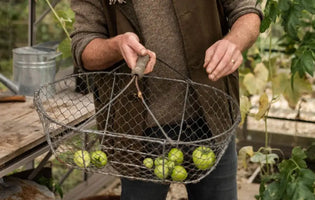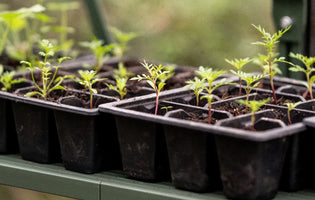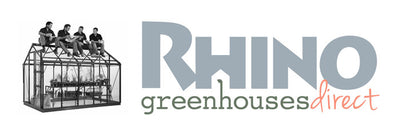Request a Brochure
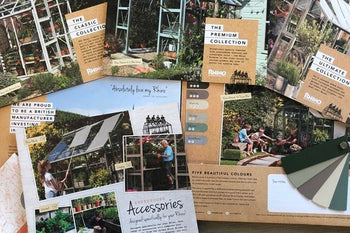
Cold frame gardening offers a place where your cherished plants can flourish beyond the constraints of the seasons. It allows you to push the limits of traditional gardening, by turning every square inch into a thriving, productive space.
Quick Links:
Companion planting in cold frames
Companion planting in cold frames goes beyond space-saving, it also helps plant relationships that can enhance garden health and deter pests. This strategic pairing of crops creates a symbiotic environment, where each plant contributes to the collective well-being, promoting a vibrant, balanced ecosystem within your cold frame.
Duos for a thriving cold frame
Carrots and radishes: The quick-sprouting radishes serve as a natural pest deterrent for carrots.
Lettuce and aromatic herbs: The close quarters of lettuce with herbs such as basil or coriander not only maximise space but also utilise the herbs' potent scents to repel pests.
Spinach and strawberries: Planting spinach near strawberries can help save space as spinach can thrive in the partial shade provided by strawberry plants.
Kale and herbs (thyme or chives): Thyme or chives planted near kale can help deter pests due to their strong scents.
Beetroot and garlic: Planting garlic near beetroot can help deter beet pests and improve their flavour.
Succession planting in cold frames
Succession planting in a cold frame will provide you with a year-long harvest and will transform your garden into a ceaseless source of joy and produce. With a keen understanding of plant growth cycles, succession planting ensures that as one performance ends, another begins, keeping the stage of your cold frame vibrant all year round.
Top tips for succession planting
Stagger your seeds: By sowing seeds every 2-3 weeks, you can ensure to have an ensemble of crops ready to take the spotlight in turn, providing a consistent harvest instead of a singular bounty.
Planting for every season: When one type of plant is done growing, pick another to replace it in your garden. Choose each new plant based on how well it fits into the different seasons.
Which plants thrive with succession planting?
Leafy greens (lettuce, spinach, kale): Start early in the season and plant new seeds every 2-3 weeks for a continuous supply. As the weather warms, transition to shade-tolerant varieties or move to a partially shaded area of the cold frame.
Radishes with carrots: Radishes will mature quickly, and as they are harvested, they create space for carrots to continue growing, making efficient use of space and soil.
Swiss chard followed by beans: After harvesting early planted Swiss chard, plant beans in the same space for a summer crop. The beans will add nitrogen to the soil, benefiting the next crop you plant in that space.
Imagine the crisp tang of radishes giving way to the hearty embrace of beans, a seamless transition that keeps your cold frame not just alive, but thriving.
Combining companion planting and succession planting within the confines of your cold frame can elevate your gardening journey to new heights. This double act of innovative techniques is your key to unlocking a garden that yields more and thrives with health and vibrancy through every season.
The importance of a cold frame if you are limited with space
In the world of small-scale gardening, where every inch of space is precious, the cold frame stands as a beacon of innovation. Ideal for the corners of compact gardens, charming balconies, or shaded retreats that crave sunlight, these structures make the concept of protected cultivation accessible to everyone. Unlike their larger, traditional greenhouse counterparts, which may seem too vast or daunting, cold frames offer a more accessible alternative.
Cold frames excel at extending the productive life of your garden, defying the traditional growing seasons imposed by the first frost and last thaw. They are celebrated not only for their cost-effectiveness and ease of mobility but also for their versatility, adapting to the unique challenges and climates each gardener faces. Cold frames do more than protect against the cold; they create a warm, controlled environment where a variety of plants can flourish, from young vegetables to delicate annuals.
They are also particularly valuable for those navigating the challenges of gardening in limited space or under less-than-ideal lighting conditions.
What else can I plant in my cold frame?
Exploring the versatility of cold frames reveals a host of gardening opportunities beyond the vertical climbers and companion pairs. Here's a selection of plants perfect for thriving under the gentle shelter of your cold frame:
Salad options
Rocket lettuce: Rocket lettuce thrives in the cool, controlled environment of a cold frame, maturing quickly for a fast harvest.
Green onions: Hardy and easy to grow, green onions can be planted early and continue to provide flavour to dishes throughout the season.
Root vegetables
Turnips: These versatile root vegetables grow well in the cooler temperatures provided by cold frames, perfect for early spring or late autumn planting.
Parsnips: With a sweet, nutty flavour that intensifies in the cold, parsnips are an excellent choice for a cold frame, requiring a long growing season.
Blooms
Pansies and Violas: Cold-tolerant flowers that can add a splash of colour to your cold frame in early spring or late Autumn, when few other blooms are present.
Primroses: These vibrant early bloomers thrive in cool conditions, offering a burst of colour to the garden in late winter and early spring, making them perfect candidates for cold frame cultivation.
Snapdragons: Ideal for cooler weather, snapdragons can be started in a cold frame for an extended blooming period, bringing height and a variety of colours to the early garden.
Sweet Peas: Sweet peas benefit greatly from the protection of a cold frame, allowing for an early start and resulting in beautifully fragrant, earlier blooms.
Incorporating these plants into your cold frame extends your culinary and aesthetic enjoyment throughout the seasons. Each choice reflects the unique capability of cold frames to nurture a wide array of plant life, ensuring your gardening endeavours are as rewarding as they are diverse.

